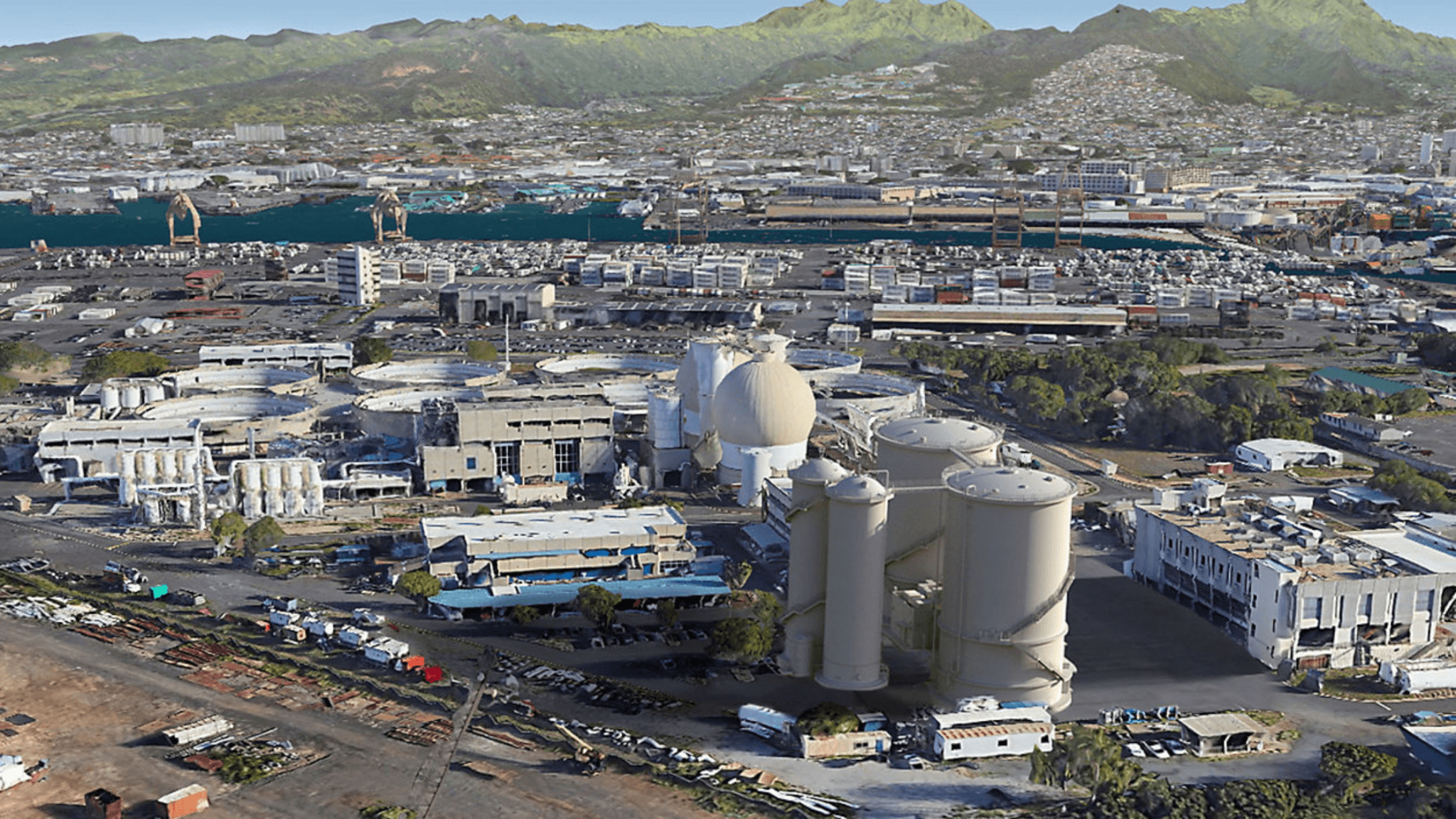Honolulu announced it has begun upgrades to the Sand Island Wastewater Treatment Plant, the state’s largest facility. The $174-million project will focus on upgrading the plant’s in-vessel bioconversion facilities, a move that will increase efficiency and boost capacity.
The upgrades come as welcome news to residents of Honolulu, as aging wastewater treatment plants elsewhere in Hawaii are making headlines for being ill-maintained and plagued with issues. The EPA recently raised the alarm about the results of an inspection at the wastewater plant in Hilo, stating that it was at risk of “catastrophic failure.” The same inspection also found “acute problems” with treatment facilities in Kulaimano and Papaikou.
Honolulu’s Sand Island plant has also experienced issues. In May, elevated levels of enterococcus bacteria were detected in treated effluent. Enterococcus bacteria can cause a multitude of different infections, including UTIs and endocarditis. Effluent from the treatment plant is released into a deep ocean outfall located less than two miles from the shoreline, and signs were posted warning the public not to enter the water.
According to a press release issued by the City & County of Honolulu, upgrades to the treatment plant will include :
- Relocating and reconstructing the effluent water reuse pump station
- Removing the old pump station and various underground utilities, and supplying power to Maintenance and Lab Buildings
- Building new underground utilities, electrical improvements, and site civil work
- Adding two new anaerobic digesters, two sludge storage tanks, a Digester Control Building, and a new tunnel and basement
- Installing a new boiler system and hot water pumps; modifying existing digesters and piping; and relocating and installing flares, a propane gas tank, and new chemical dosing systems
Synagro-WWT, Inc. will be the project’s design-build contractor, with Hensel Phelps taking care of construction and Yogi Kwong Engineers, LLC serving as the project’s construction manager.
Construction is scheduled for completion in October 2028.


